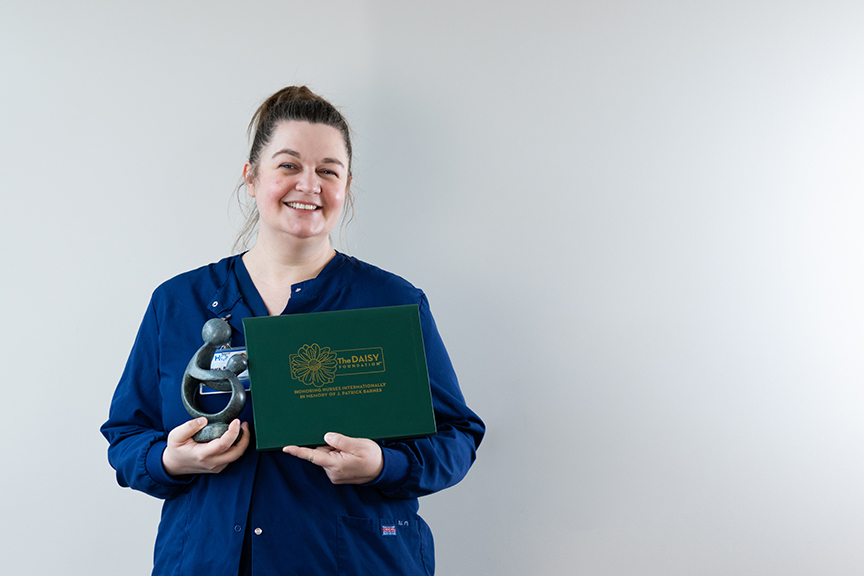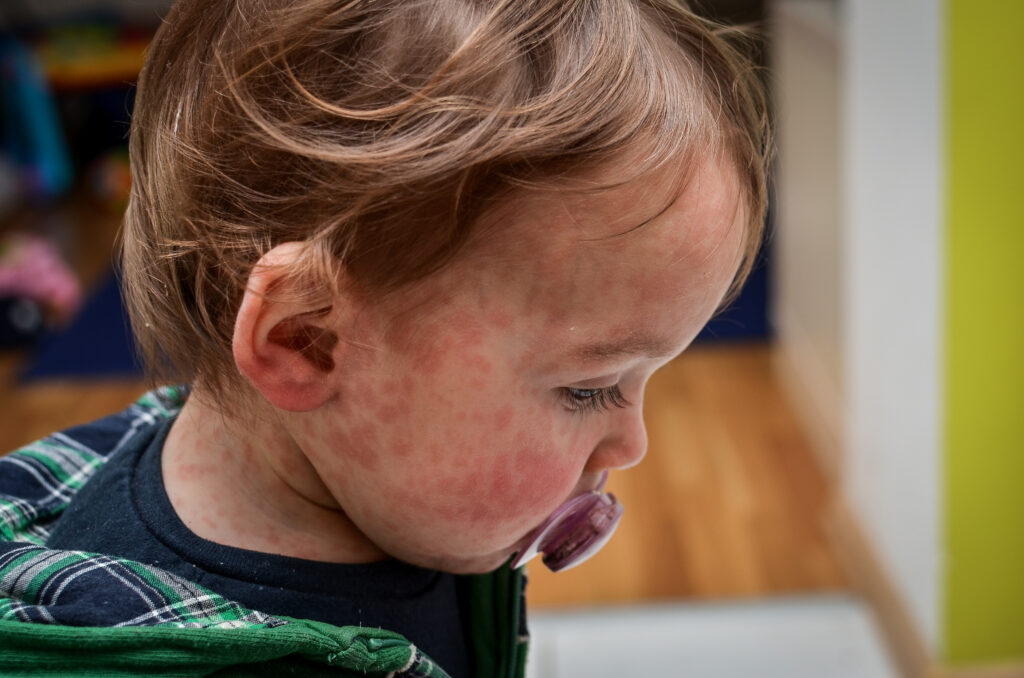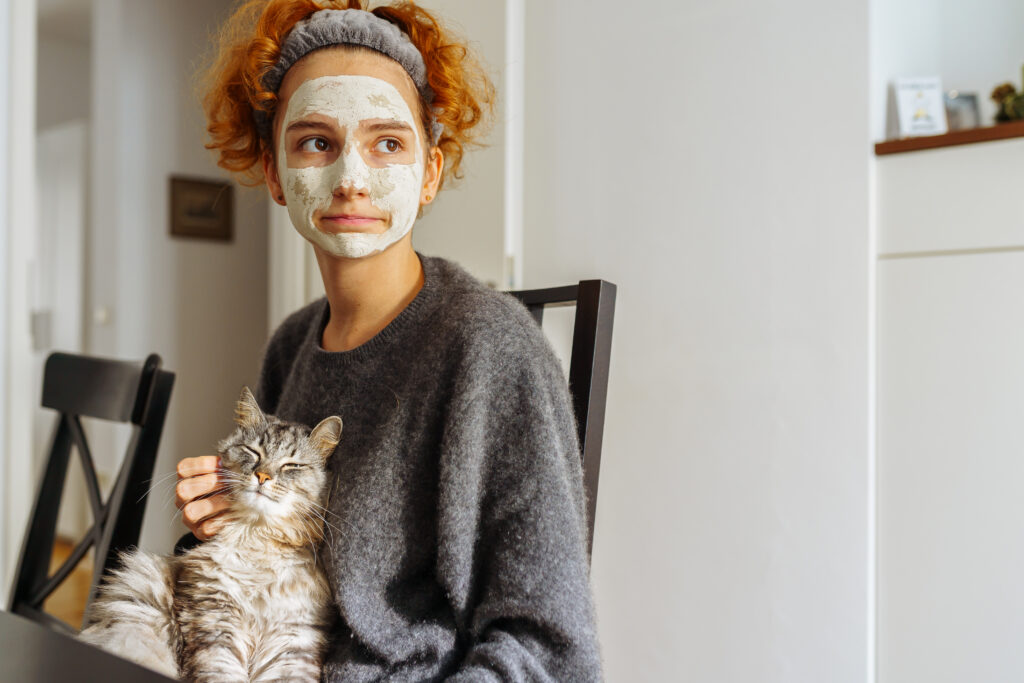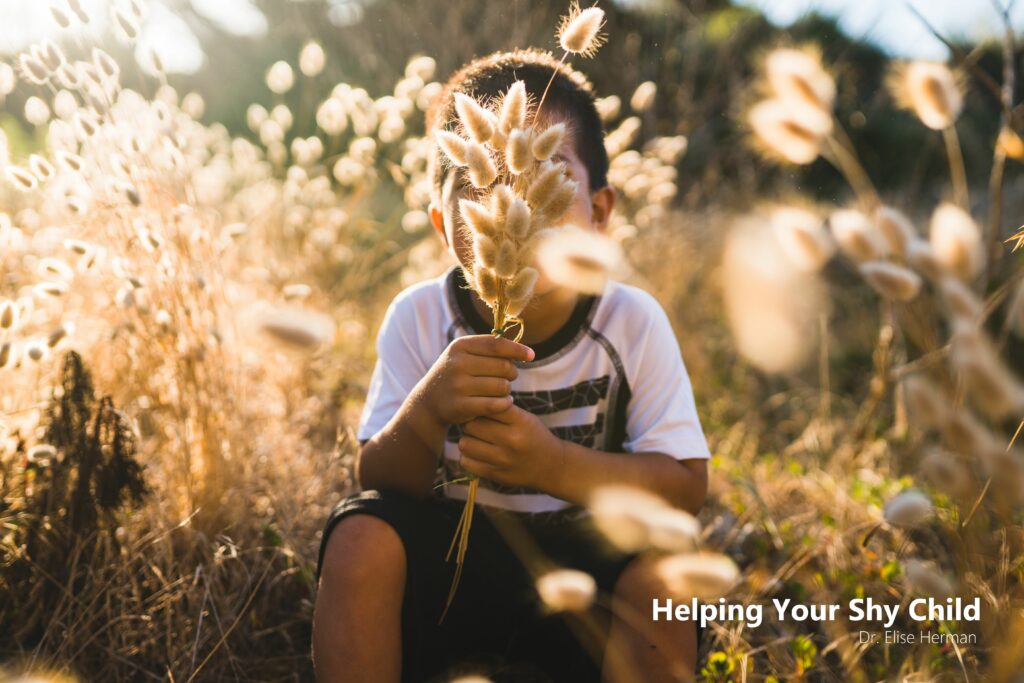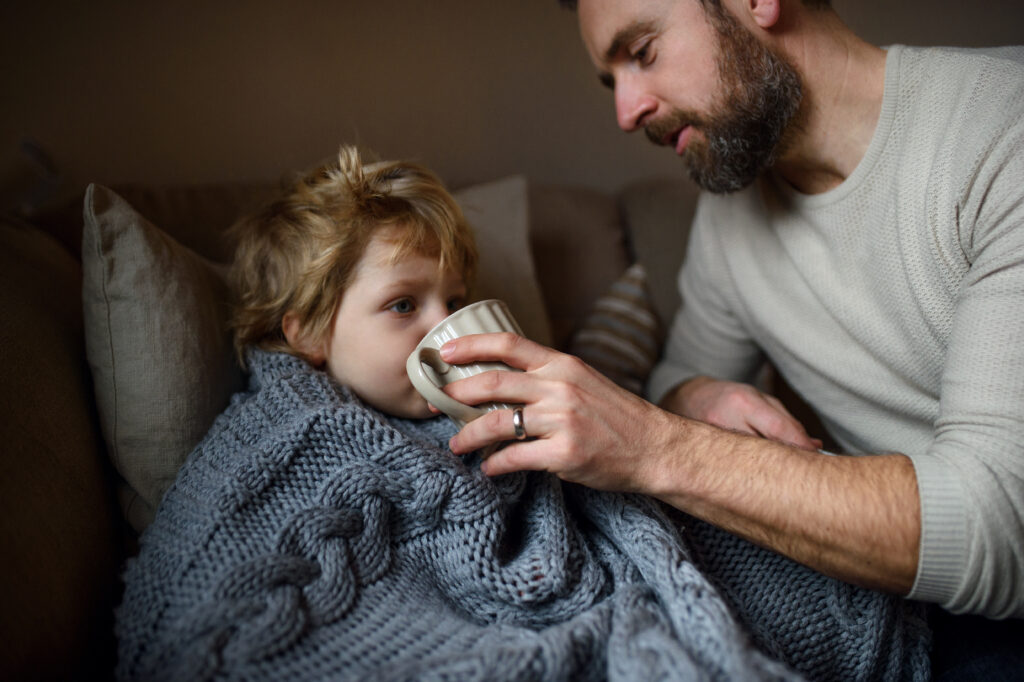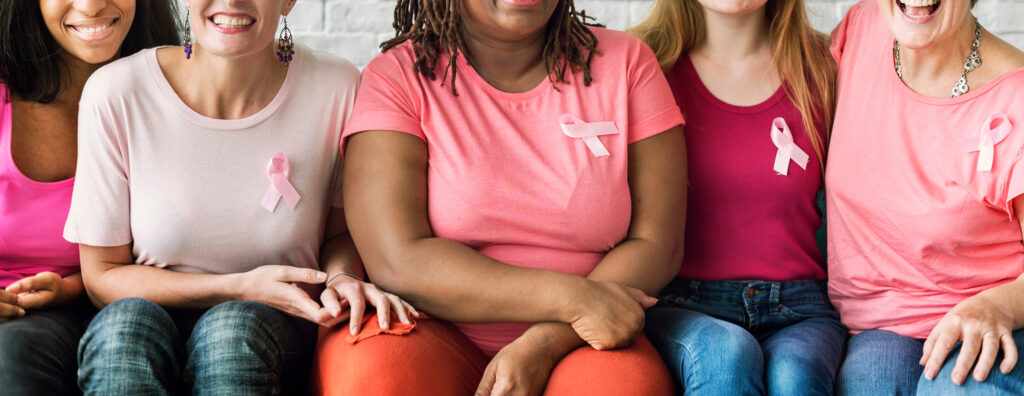Tamara Lewis, RN, Medical/Surgical Unit, Daisy Award for developing a trusting relationship with a patient that aided in identifying a severe wound infection that required a higher level of care.
Blog Posts
Measles Cases Rising 2024
Measles cases are on the rise, and although numbers in the US are small right now, there is cause for concern. Measles is one the most contagious human viruses, with a 90% chance of someone who is not immune getting infected if they are near someone with measles.
The Importance of a Healthy Environment
One of the biggest factors in human health is the environment. Underlining this importance, the United Nations entities issued a joint statement in 2021 recognizing the “right to a safe, clean, healthy and sustainable environment” for all people.
Teen Acne
Contributor Dr. Elise Herman Teen acne is very common, affecting 85% of adolescents. It can occur on the face, neck, back, shoulders, and chest. Mild acne usually resolves without scarring, […]
Helping Your Shy Child
By nature, some kids are more outgoing than others. Many children are shy and reserved when younger but become less so as they grow up. Being shy, however, just characterizes a child’s approach to the world (especially new situations) and does not have to be seen as a negative.
Preventing Respiratory Syncytial Virus Infections
RSV typically starts in fall, peaks in winter, and causes cold symptoms including runny nose, cough, and fever in children and adults. Most kids have had RSV by age 2. Although usually mild, RSV can cause more serious problems like wheezing, pneumonia, and trouble breathing.
Vegetarian and Vegan Diets in Teens
Contributor Dr. Elise Herman Although still a minority, more people are exploring plant-based diets, including teens. If your teen has expressed interest in this, you may wonder if being a vegetarian […]
Mammography at KVH
October is Breast Cancer Awareness Month, a time to increase awareness about this disease and promote early detection. National Mammography Day is observed annually on the third Friday of every […]
WRITE Excellence in Teaching Award
Congratulations Dr. Merrill-Steskal for being awarded the WRITE Excellence in Teaching Award for the Eastern/Central Washington region. “This award aims to recognize and honor preceptors with a track record of […]
